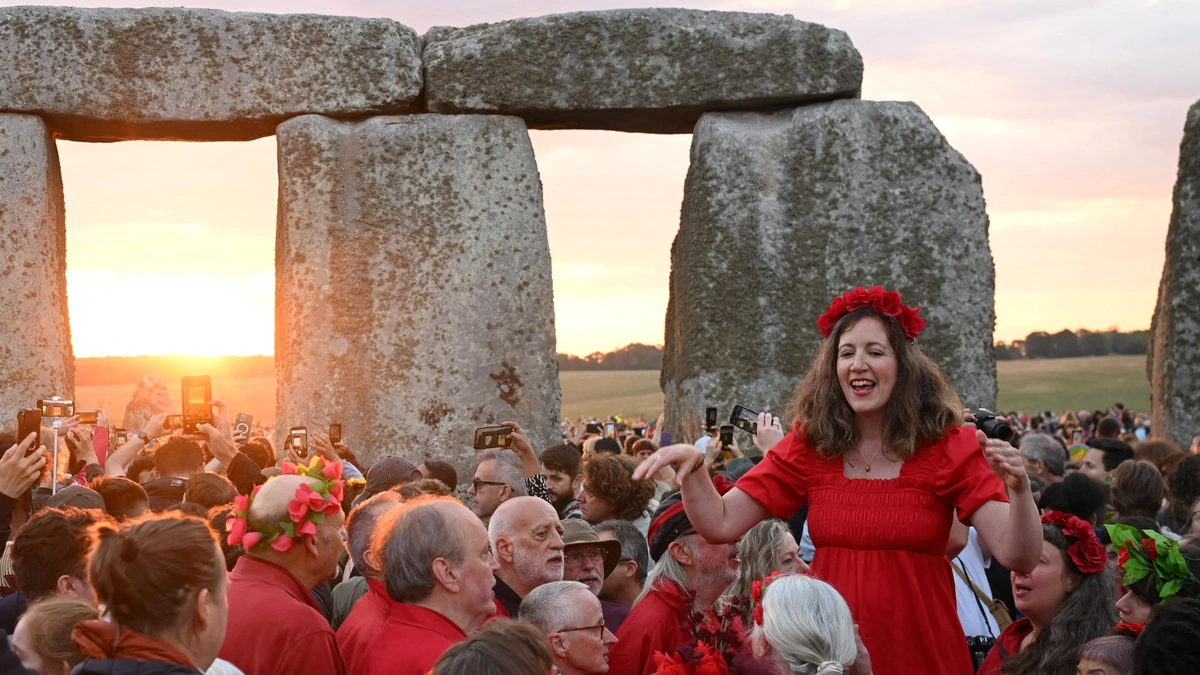Stonehenge. Just the name conjures up images of druids, mystical rituals, and a history shrouded in mystery. But let’s be honest, most articles just rehash the same old facts. What fascinates me is, why should you care about a bunch of rocks in a field in England? Here’s the thing: understanding Stonehenge isn’t just about memorizing dates and theories – it’s about glimpsing the ingenuity, beliefs, and sheer determination of our ancestors. We’re going to dig deeper and explore not just what Stonehenge is, but why it continues to captivate us centuries later. We will discuss the Stonehenge construction , the Stonehenge mystery and the purpose of Stonehenge . Learn more .
Decoding the Purpose | More Than Just a Pretty Circle

For years, the dominant theory painted Stonehenge as a celestial observatory – a giant calendar used to predict solstices and eclipses. And sure, the alignment with the summer solstice is undeniable. But I initially thought that was the whole story, but then I realized it’s way more complex than that. Modern archeology suggests that Stonehenge’s purpose was far more profound and multi-layered.
The bluestones, for example, were transported from over 150 miles away in Wales. That’s not a simple logistical feat; it speaks to a deep spiritual significance attached to those particular stones. Imagine the manpower, the planning, the sheer will required! It implies that Stonehenge was a place of pilgrimage, a sacred site where people came to connect with the ancestors and the divine. Many believe that Stonehenge meaning has to do with honoring their ancestors.
And it wasn’t just about observing the heavens. Evidence suggests that Stonehenge was also a place of healing and burial. Skeletal remains found at the site show signs of trauma and illness, leading some researchers to believe it was a destination for those seeking solace and cures. The presence of numerous burial mounds nearby further reinforces the idea of Stonehenge as a focal point for life, death, and rebirth.
The Construction Conundrum | How Did They Do That?!
Let’s rephrase that for clarity: how did people without modern technology move and erect these massive stones? That’s the question that continues to baffle engineers and archeologists alike. The larger sarsen stones weigh up to 50 tons each! Think about it – that’s heavier than a modern-day tank. What’s fascinating is that the Stonehenge builders did not use wheels, they used sledges and rollers.
The most widely accepted theory involves using a combination of levers, rollers, and sheer manpower. It’s believed that the stones were dragged on wooden sledges, pulled by hundreds of people, over specially constructed tracks. But even with this method, the logistics are mind-boggling. How did they lift the stones upright? How did they create the precise mortise and tenon joints that hold the lintels in place? These are all questions with no definite answer. Some believe that Stonehenge astrology influenced the building of this historical monument.
What fascinates me even more is the social organization required for such a massive undertaking. Building Stonehenge wasn’t just a matter of physical labor; it required a highly structured society with the ability to mobilize and coordinate large numbers of people. This suggests a level of social complexity that challenges our assumptions about prehistoric societies.
According to the article published by English Heritage , the Stonehenge monument , along with Avebury, was among the first to be legally protected.
Stonehenge Today | A Site of Pilgrimage and Contemplation
Even today, Stonehenge remains a powerful draw for people from all walks of life. Modern-day druids gather there for solstice celebrations, tourists flock to marvel at its grandeur, and researchers continue to unlock its secrets. But, Stonehenge location in Wiltshire, England.
What fascinates me is that Stonehenge transcends its physical form. It’s more than just a collection of stones; it’s a symbol of human ingenuity, spiritual longing, and our enduring connection to the past. It reminds us that even without modern technology, our ancestors were capable of achieving incredible feats. The History and Research of the Stonehenge is continuing to be studied.
Let’s be honest, standing in the shadow of those massive stones is a humbling experience. It forces you to contemplate your place in the grand scheme of things and to consider the mysteries that still lie hidden within our past.
Stonehenge and its Connection to Avebury
When discussing Stonehenge, it’s important to note its close relationship with the nearby Avebury stone circle. Avebury, also located in Wiltshire, England, is the largest stone circle in the world, dwarfing Stonehenge in size. While Stonehenge might be more famous, Avebury offers a different perspective on Neolithic monument building. Both sites were integral in understanding the Neolithic society.
FAQ About Stonehenge
What if I want to visit Stonehenge?
Stonehenge is open to the public, but it’s best to book your tickets in advance, especially during peak season. You can find information on opening hours and ticket prices on the English Heritage website.
Is Stonehenge really aligned with the solstices?
Yes, the main axis of Stonehenge is aligned with the sunrise on the summer solstice and the sunset on the winter solstice.
Were the Druids really involved with Stonehenge?
The association between Druids and Stonehenge is a more recent one, dating back to the 17th and 18th centuries. There’s no solid evidence to suggest that the ancient Druids were involved in the original construction or use of Stonehenge.
How old is Stonehenge?
The first monument at Stonehenge was built around 5,000 years ago, but the iconic stone circle was constructed later, around 2500 BC.
What are the bluestones made of?
The bluestones are made of dolerite, a type of igneous rock, and they come from the Preseli Hills in Wales, over 150 miles away from Stonehenge.
What’s also interesting is the ongoing Stonehenge archeology that might provide additional understanding on this location.




